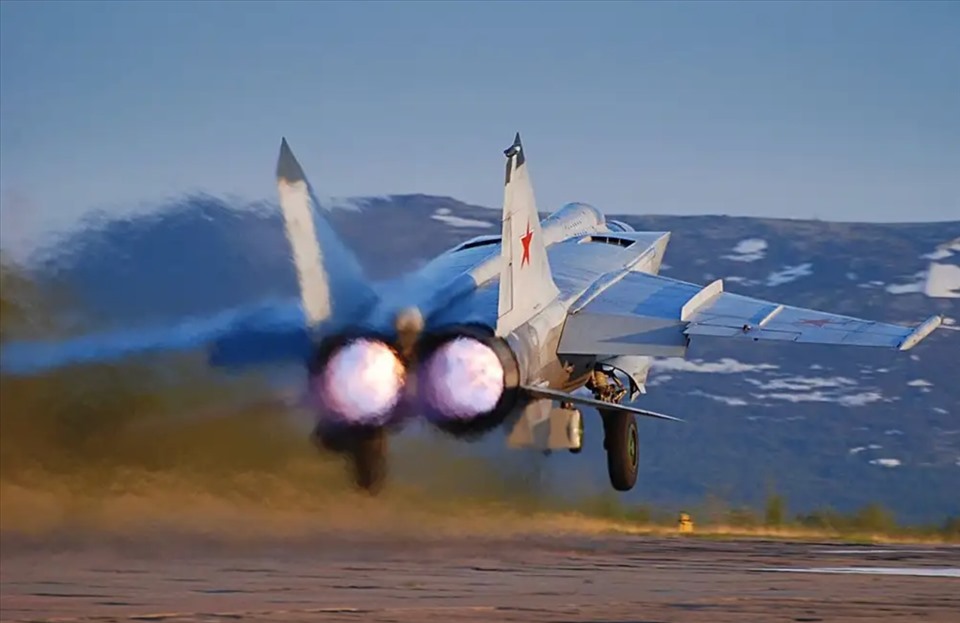The MiG-25, known in NATO terms as the “Foxbat”, is one of the most famous supersonic fighter aircraft of the Soviet Union, designed in the 1960s. Below are some salient features of the MiG-25:


Design and Features Role: The MiG-25 was developed primarily to carry out interception and intelligence gathering missions. Speed: The MiG-25 can reach a maximum speed of up to Mach 3.2 (approximately 3,600 km/h).


Radar System: The MiG-25 is equipped with a long-range radar, which helps in detecting and tracking targets at a distance. Armament: The aircraft can carry air-to-air missiles and bombs, along with other heavy weapons. Operational Capability: The MiG-25 can operate effectively at high altitudes, allowing it to avoid most surface-to-air missiles. Usage and Legacy

Armed Forces: The MiG-25 has served in many air forces around the world, including the Soviet Union, India, and several Middle Eastern countries. Achievements: This aircraft has set multiple world records for speed and altitude. Impact: The MiG-25 has significantly influenced the design and development of subsequent fighter aircraft, especially in the realm of supersonic aircraft.
The MiG-25 is not only notable for its speed and capability, but is also a symbol of Soviet air power during the Cold War.





